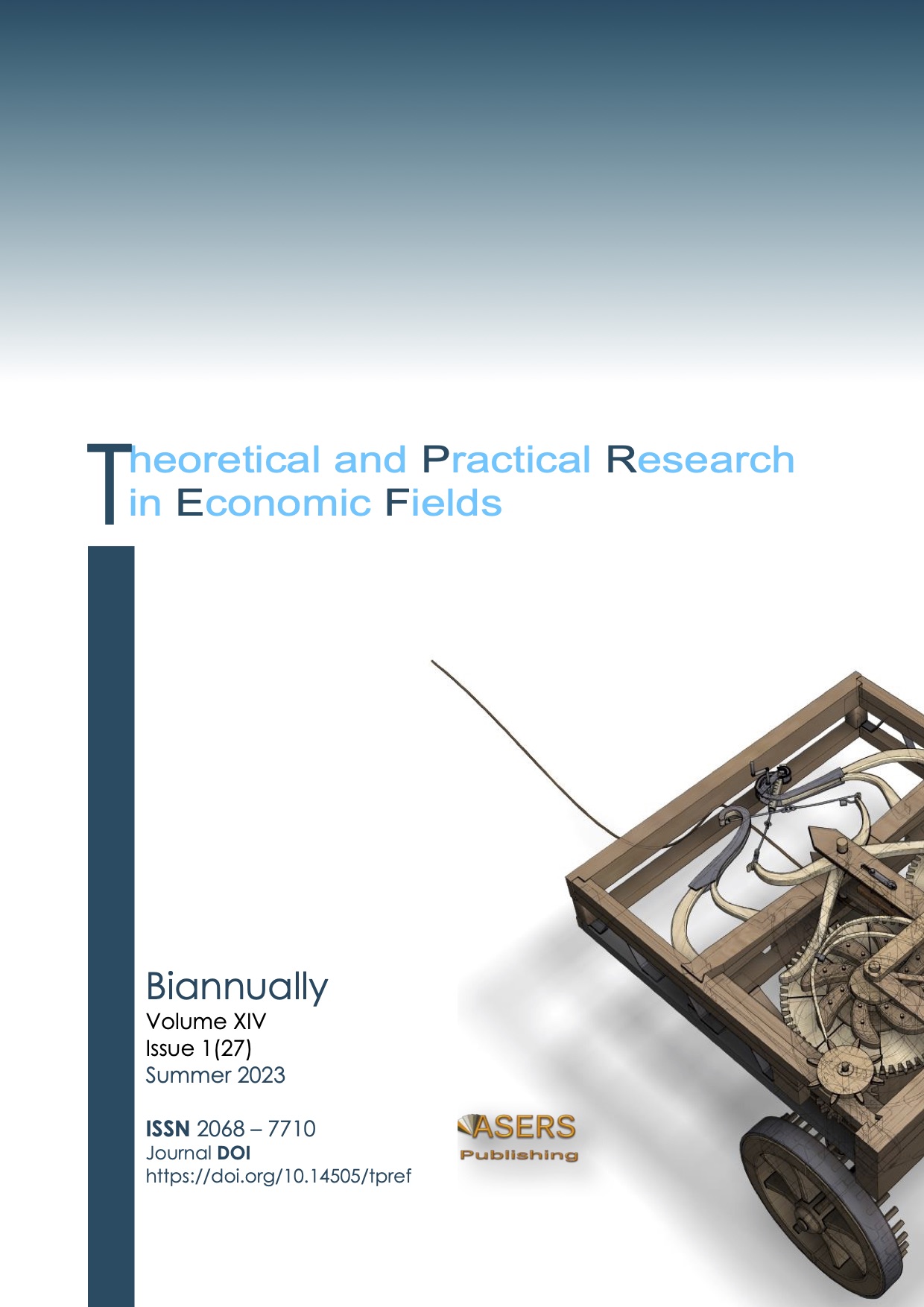I.J. Good’s Claim, That Keynes’s Evidential Weight of the Argument, V, a Logical Relation, is a Number, is False
I.J. Good’s Claim, That Keynes’s Evidential Weight of the Argument, V, a Logical Relation, is a Number, is False
Author(s): Michael Emmett BradySubject(s): Economy, Philosophy of Science
Published by: ASERS Publishing
Keywords: evidential weight of the argument; weight; logical relation; mathematical variable; metaphor;
Summary/Abstract: All current assessments of how Keynes’s weight (evidential weight of the argument) concept is measured are erroneously based on a metaphor ignored by I.J. Good, which Keynes used before he presented the mathematical analysis involved in measuring weight in chapter 26 of the A Treatise on Probability, on page 77 of chapter 6 to measure weight. Keynes’s chapter 26 is the omega while chapter 6 is the alpha. It is impossible to fully grasp Keynes’s evidential weight of the argument concept, first presented as a logical relation designated as V, which is then measured through the construction of an index of weight in chapter 26, without a detailed study of pp. 310-315 of chapter 26 of the A Treatise on Probability. The misbelief that Keynes ‘s concept of the evidential weight of the evidence, V=V(a/h), in chapter 6 of the A Treatise on Probability, represented a measure of the absolute amount of Knowledge, defined as K by Good to represent a gross measure of weight, can be traced back to numerous book and journal article contributions made by I.J. Good between 1950 and 2000. The most severe errors about chapter 6 of the A Treatise on Probability were repeated again and again by Good from 1950 to 1990 (Good 1950, 1960, 1962, 1965, 1967, 1967, 1968/70, 1970/71, 1975, 1983a, 1983b, 1985, 1988, 1988, Good and Toulmin 1968). Good completely overlooked Keynes’s footnote 1 on page 76 of chapter 6 to chapter 26 of the A Treatise on Probability, where Keynes stated that he would discuss how to integrate weight into a discussion of “…the application of probability to practice.” This would require a mathematical analysis and, obviously, would require the restriction that V(a/h)=w, 0≤w≤1, and w is the degree of the completeness of the information so as to be able to combine it with 0≤α≤1, where P(a/h)=α and α is the probable degree of rational belief.
Journal: Theoretical and Practical Research in Economic Fields (TPREF)
- Issue Year: XIV/2023
- Issue No: 27
- Page Range: 5-15
- Page Count: 11
- Language: English
- Content File-PDF

